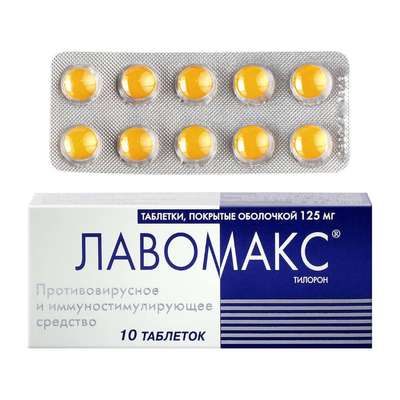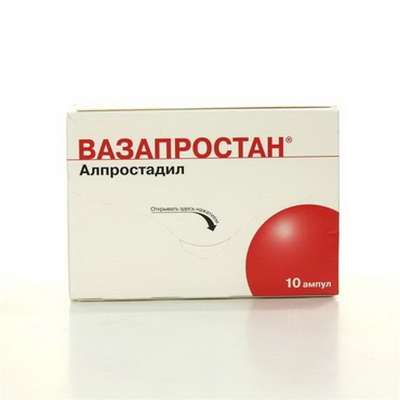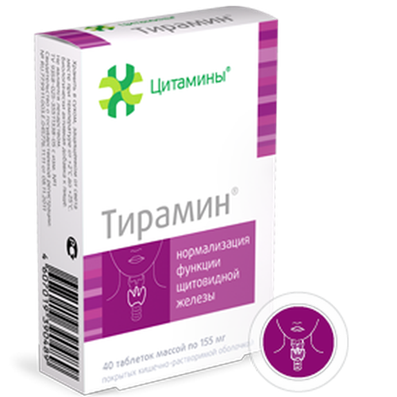Instruction for use: Enflurane
I want this, give me price
Latin name:Enfluranum (genus. Enflurani)
Chemical name
2-Chloro-1- (difluoromethoxy) -1,1,2-trifluoroethane
Gross formula
C3H2ClF5O
Pharmacological group of substance Enflurane:
Anesthetic means
The nosological classification (ICD-10)
R52.0 Acute pain: Acute pain syndrome; Acute pain syndrome with osteoarthritis; Acute pain syndrome of traumatic origin; Severe pain of a neurogenic nature; Severe pain; Pain syndrome at delivery
Z100 * CLASS XXII Surgical practice: Abdominal surgery; adenomectomy; Amputation; Coronary angioplasty; Angioplasty of the carotid arteries; Antiseptic skin treatment for wounds; Antiseptic Hand; Appendectomy; atherectomy; Balloon coronary angioplasty; Vaginal hysterectomy; The coronary bypass; Interventions in the vagina and cervix; Interventions on the bladder; Intervention in the mouth; Restoration and reconstructive surgery; Hand hygiene of medical personnel; Gynecologic surgery; Gynecological intervention; Gynecological surgery; Hypovolemic shock during operations; Disinfection of purulent wounds; Disinfection of wounds edges; Diagnostic intervention; Diagnostic procedures; Cervical Diathermocoagulation; Long-surgery; Replacing the fistula catheters; Infection in orthopedic surgery; Artificial heart valve; cystectomy; Short-term outpatient surgery; Short-term operation; Short surgical procedures; Krikotireotomiya; Blood loss during surgery; Bleeding during surgery and in the postoperative period; Kuldotsentez; laser photocoagulation; laser coagulation; retinal laser coagulation; Laparoscopy; Laparoscopy in Gynecology; CSF fistula; Small gynecological operations; Small surgical procedures; Mastectomy and subsequent plastic; mediastinotomy; Microsurgical operations on the ear; Mukogingivalnye operation; suturing; Minor surgery; neurosurgical operation; Immobilization of the eyeball in ophthalmic surgery; testectomy; pancreatectomy; Perikardektomiya; The period of rehabilitation after surgery; The period of convalescence after surgery; Percutaneous transluminal coronary angioplasty; Pleural thoracentesis; Pneumonia postoperative and posttraumatic; Preparation for surgical procedures; Preparation for surgery; Preparation of the surgeon's hands before surgery; Preparation of the colon for surgical procedures; Postoperative aspiration pneumonia in neurosurgical and thoracic surgery; Postoperative nausea; Postoperative bleeding; postoperative granuloma; postoperative shock; The early postoperative period; myocardial revascularization; Radiectomy; gastric Resection; bowel resection; uterine Resection; liver Resection; enterectomy; Resection of part of the stomach; Reocclusion of the operated vessel; Bonding tissues during surgical procedures; Removal of sutures; Condition after eye surgery; Condition after surgery; Condition after surgery in the nasal cavity; Condition after gastrectomy; Status after resection of the small intestine; Condition after tonsillectomy; Condition after removal of the duodenum; Condition after phlebectomy; Vascular surgery; Splenectomy; Sterilization of surgical instruments; Sterilization of surgical instruments; sternotomy; Dental surgery; Dental intervention in periodontal tissues; strumectomy; Tonsillectomy; Thoracic surgery; Thoracic surgery; total gastrectomy; Transdermal intravascular coronary angioplasty; Transurethral resection; Turbinektomiya; Removal of a tooth; cataract surgery; Removal of cysts; tonsillectomy; Removal of fibroids; Removing the mobile primary teeth; Removing polyps; Removing broken tooth; Removal of the uterus body; Removal of sutures; Fistula likvoroprovodyaschih ways; Frontoetmoidogaymorotomiya; Surgical infection; Surgical treatment of chronic limb ulcers; Surgery; The surgery in the anal area; The surgery on the colon; Surgical practice; The surgical procedure; Surgical interventions; Surgery on the gastrointestinal tract; Surgical procedures on the urinary tract; Surgical procedures on the urinary system; Surgical intervention of the genitourinary system; Surgical procedures on the heart; Surgical manipulation; surgery; Surgery on the veins; Surgical intervention; Vascular surgery; Surgical treatment of thrombosis; Surgery; cholecystectomy; Partial gastric resection; hysterectomy; Percutaneous transluminal coronary angioplasty; Percutaneous transluminal angioplasty; Coronary artery bypass; tooth Extirpation; Extirpation of milk teeth; pulpectomy; pulsative cardiopulmonary bypass; tooth Extraction; teeth Extraction; cataract extraction; Electrocoagulation; endourological intervention; episiotomy; Etmoidotomiya; Complications after tooth extraction
CAS code
13838-16-9
Characteristics of the substance Enflurane
Colorless, clear, chromatographically pure (99.9%), chemically stable liquid with a mild sweetish odor.
Pharmacology
Pharmacological action - anesthesia.
When inhaled, causes a general anesthesia (anesthesia). Oppresses the central nervous system, increases the sensitivity of the myocardium to sympathomimetics, relaxes skeletal muscles. Outputs light (with exhaled air). Virtually does not undergo biotransformation - only a small part is destroyed before inorganic fluoride.
Application of Enflurane
Inhalation anesthesia, analgesia during childbirth.
Contraindications
Hypersensitivity, genetic predisposition to malignant hyperthermia, acute porphyria, pregnancy, breast-feeding.
Application in pregnancy and lactation
The action category for fetus by FDA is B.
Adverse Effects of Enflurane
Respiratory depression, bronchospasm, arterial hypertension, arrhythmia, malignant hyperthermia, bronchospasm, impaired liver function and hepatic enzyme activity, seizures (at high concentrations or hypocapnia); when coming out of anesthesia - chills, nausea, vomiting.
Interaction
Potential convulsive activity is amplified by amitriptyline.
Overdose
Symptoms: severe hypotension.
Treatment: reducing the depth of anesthesia.
Routes of administration
Inhalation.
Precautions for the substance Enflurane
Ventilation should provide a carbon dioxide content in arterial blood not exceeding 25-45 mm Hg. Sympathomimetics, incl. adrenaline, muscle relaxants during anesthesia should be used with caution and in reduced doses. To relieve the excitement beforehand enter into / in a short-acting barbiturate, the tone of skeletal muscles is further reduced by muscle relaxants.

 Cart
Cart





